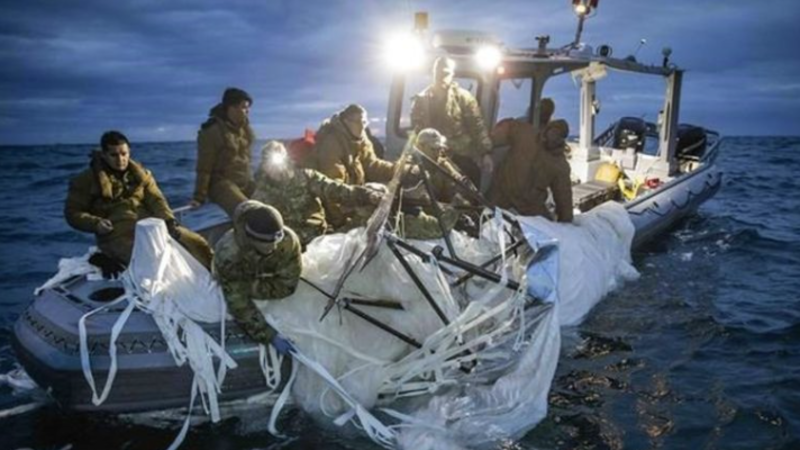
Weekend ‘anomaly’ over Montana first detected in Canadian airspace: Norad commander
WASHINGTON — An “anomaly” that military officials were tracking through the weekend before fighter jets downed an unknown object over the Great Lakes was first detected in Canadian airspace.
Norad commander Gen. Glen VanHerck says radar first picked up the object on Saturday at about 4:45 p.m. EST, about 110 kilometres north of the Canada-U.S. border.
VanHerck says it crossed into U.S. airspace over Montana about an hour later, but fighter jets were unable to locate it, which is why it was deemed an anomaly.
Radar newly detected an object approaching Wisconsin that night, and President Joe Biden ordered it shot down over Lake Huron, where it landed in Canadian waters.
